Year Launched: 2021
Journal Menu
- Scope & Research Areas
- Instructions for Authors
- Article Processing Charge
Journal List
- Natural & Applied Sciences
- Life Sciences
- Business Management
- Education & Literature
- Humanities & Cultural Studies
- Medical & Dental Sciences
- Engineering & Computer Sciences
- Agriculture, Food & Nutrition
- Environmental & Material Sciences
- Wellness & Lifestyle Management
- Arts & Ideas
- Law, Policy & Religion
Helicobacter infections: status update
Volume 1, Issue 1, Sep-Oct 2021 | Page 6-8 | PDF (203K) | Pub. Date: October 29, 2021
Author(s)
Ashaolu, J.O., Ashaolu, T.J.; 1International Health Programme, School of Medicine, National Yang-Ming University, Taipei, Taiwan, 2Duy Tan University, Danang, Vietnam
Abstract
The prevalent rate of Helicobacter infections among the human population is reducing in the developed world, but constant migration, general globalization, and other environmental factors have kept every population at risk. This puts a question on the seemingly progress made so far in the treatment and eradication of these bacteria and their infections. This communication is aimed at clinical and epidemiological gains and the challenges so far in the treatment and eradication of helicobacter spp. infections.
Keywords
helicobacter spp.; infections; human population; bacteria; eradication
Cite this paper
Ashaolu, J. O., Ashaolu, T.J. (2021), Helicobacter infections: status update, IRESPUB Journal of Life Sciences. Volume 1, Issue 1, Sep-Oct 2021, Page 6-8
References
[1] Ashaolu, J.O (2020). Is the human race winning the war against Helicobacter Infections? International Journal of Scientific Advances (IJSCIA), Volume 1| Issue 1: Jul-Aug 2020, Pages 7-9
[2] Sanders, M. K., & Peura, D. A. (2002). Helicobacter pylori-associated diseases. Current gastroenterology reports, 4(6), 448-454.
[3] Hooi, J. K., Lai, W. Y., Ng, W. K., Suen, M. M., Underwood, F. E., Tanyingoh, D., … & Chan, F. K. (2017). Global prevalence of Helicobacter pylori infection: systematic review and metaanalysis. Gastroenterology, 153(2), 420-429. doi: 10.1053/j.gastro.2017.04.022
[4] Varga, M. G., & Epplein, M. (2019). Helicobacter Pylori-Mediated Carcinogenesis. 87-197. doi.org/10.1016/B978-0-12-801238-3.65172-3
[5] Ford, A. C., Delaney, B., Forman, D., & Moayyedi, P. (2006). Eradication therapy for peptic ulcer disease in Helicobacter pylori positive patients. Cochrane Database of Systematic Reviews, 4(4):CD003840.
[6] Correa, P. (2004). The biological model of gastric carcinogenesis. IARC scientific publications, (157), 301-310.
[7] Machado, A. M. D., Figueiredo, C., Touati, E., Maximo, V., Sousa, S., Michel, V., … & Rasmussen, L. J. (2009). Helicobacter pylori infection induces genetic instability of nuclear and mitochondrial DNA in gastric cells. Clinical Cancer Research, 15(9), 2995-3002.
[8] IARC Helicobacter pylori Working Group. Helicobacter pylori Eradication as a Strategy for Gastric Cancer Prevention. Lyon, France: International Agency for Research on Cancer (IARC Working Group Reports, No. 8). Available at: http://www.iarc.fr/en/publications/pdfs-online/ wrk/wrk8/index.php. Accessed on November 21, 2015
[9] Lee, Y. C., Chiang, T. H., Chou, C. K., Tu, Y. K., Liao, W. C., Wu, M. S., & Graham, D. Y. (2016). Association between Helicobacter pylori eradication and gastric cancer incidence: a systematic review and metaanalysis. Gastroenterology, 150(5), 1113-1124. doi: 10.1053/j.gastro.2016.01.028
[10] Herrero, R., Parsonnet, J., & Greenberg, E. R. (2014). Prevention of gastric cancer. JAMA, 312:1197–119
[11] Drossman, D. A., & Hasler, W. L. (2016). Rome IV— functional GI disorders: disorders of gut-brain interaction. Gastroenterology, 150(6), 1257-1261.
[12] Hu, Y., Wan, J. H., Li, X. Y., Zhu, Y., Graham, D. Y., & Lu, N. H. (2017). Systematic review with meta‐analysis: the global recurrence rate of Helicobacter pylori. Alimentary pharmacology & therapeutics, 46(9), 773-779. doi:10.1111/apt.14319
[13] Mladenova-Hristova, I., Grekova, O., & Patel, A. (2017). Zoonotic potential of Helicobacter spp. Journal of Microbiology, Immunology and Infection, 50(3), 265-269.

